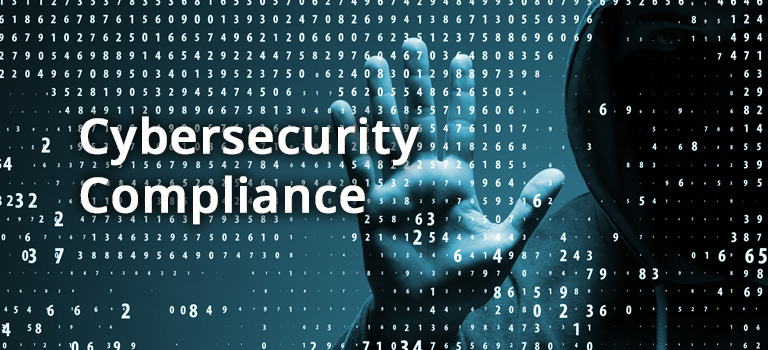
• Cybersecurity compliance monitoring is essential due to complex, overlapping regulations and increasing penalties for non-compliance
• Effective monitoring starts with identifying applicable laws, conducting audits, and creating a tailored compliance plan based on risk assessments
• Ongoing monitoring, automation, and employee training help maintain compliance and protect against breaches
Ensuring cybersecurity compliance has become increasingly complex as organizations must navigate overlapping international, federal, and industry-specific regulations. These include GDPR, PCI DSS, SOX, CCPA, LGPD, FISMA, and others. Failing to comply with these can result in significant fines, reputational damage, and legal consequences. To manage this complexity, organizations must first determine which laws apply to them, conduct thorough risk assessments and audits, and implement a formal compliance monitoring plan.
A cybersecurity audit forms the foundation of compliance monitoring. It identifies gaps in existing controls, evaluates risky business units or behaviors, and informs the organization’s information security policy. Risk assessments play a critical role, helping prioritize threats and match security measures to business needs. Other core activities include configuration management to prevent software vulnerabilities, security ratings monitoring to measure cyber risk in real time, and regular awareness training to ensure employees understand compliance responsibilities.
A successful compliance monitoring plan should prioritize high-risk areas and include continuous monitoring rather than one-time reviews. Plans must assign responsibilities, match risks to expertise, document changes, and adapt to new regulatory developments. Transparency with regulators and ongoing investment in compliance controls are key to avoiding penalties and maintaining resilience against evolving cyber threats.


Leave a Reply
You must be logged in to post a comment.